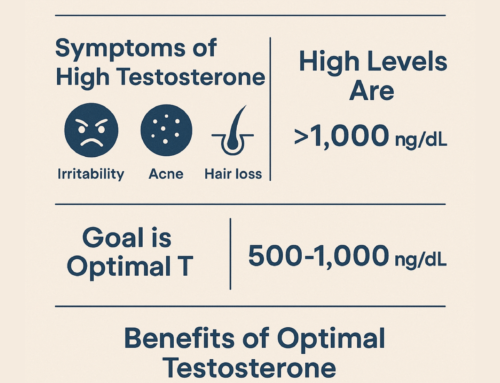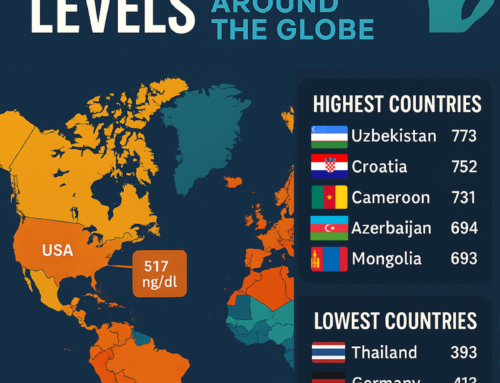Ever looked down at your hands and wondered if they hold secrets about your health? According to some experts, they might. Specifically, the length of your fingers could offer clues about whether you’re more likely to go bald. It’s a fascinating connection that might make you think twice the next time you glance at your hands.
But is it fact or fiction? Let’s dive into the science—and find out if your finger length really predicts your hairline’s fate.
The Finger-Length Connection to Baldness
The theory centers on something called the digit ratio, which compares the length of your index finger (second digit) to your ring finger (fourth digit). A lower digit ratio—where your ring finger is noticeably longer than your index finger—has been linked to higher exposure to testosterone in the womb.
Testosterone, or more specifically its derivative dihydrotestosterone (DHT), plays a major role in male pattern baldness. Dr. John Foo, a dermatologist specializing in hair loss, explains, “Higher prenatal testosterone exposure can increase sensitivity to DHT, which contributes to hair follicle shrinkage and eventual baldness.”
So, if your ring finger is longer than your index finger, you might be genetically predisposed to hair thinning.
Does This Mean Baldness Is Inevitable?
Before you panic, remember that this is just one piece of a much larger puzzle. Genetics, lifestyle, and age all play significant roles in determining whether or not you’ll lose your hair. “Digit ratio is an interesting marker, but it’s not the whole story,” says Dr. Sarah Lee, a trichologist. “Hair loss is a complex condition influenced by a variety of factors.”
In short, your finger length might hint at a higher likelihood of hair loss, but it’s far from a guaranteed prediction.
Other Signs You May Be Prone to Baldness
If you’re concerned about hair loss, keep an eye out for these other indicators:
- Family History: If your father, grandfather, or uncles experienced male pattern baldness, your risk is higher.
- Excessive Shedding: Finding more hair in the shower drain or on your pillow than usual? It could be an early sign of thinning.
- Lifestyle Factors: Stress, poor diet, and lack of sleep can accelerate hair loss.
What You Can Do About It
Even if your fingers suggest a higher risk for baldness, there are steps you can take to protect your hair:
- Seek Professional Advice: A dermatologist or trichologist can help diagnose the cause of hair loss and recommend tailored treatments.
- Consider Medications: Finasteride (to block DHT) and minoxidil (to stimulate hair growth) are proven options for slowing or reversing hair loss.
- Make Healthy Lifestyle Changes: A balanced diet, regular exercise, and stress management can improve overall hair health.
The Bottom Line
So, can your finger length really tell you if you’re more likely to go bald? Maybe—but it’s only part of the story. While a longer ring finger relative to your index finger might indicate higher DHT sensitivity, hair loss is influenced by a mix of genetic and environmental factors.
As Dr. Lee puts it, “Knowing your risk factors is important, but early intervention and the right treatments can make a big difference in preserving your hair.”
The next time you look at your hands, you might see them in a whole new light. But no matter what they reveal, remember: your hairline’s destiny isn’t set in stone, and you have tools to take control.







